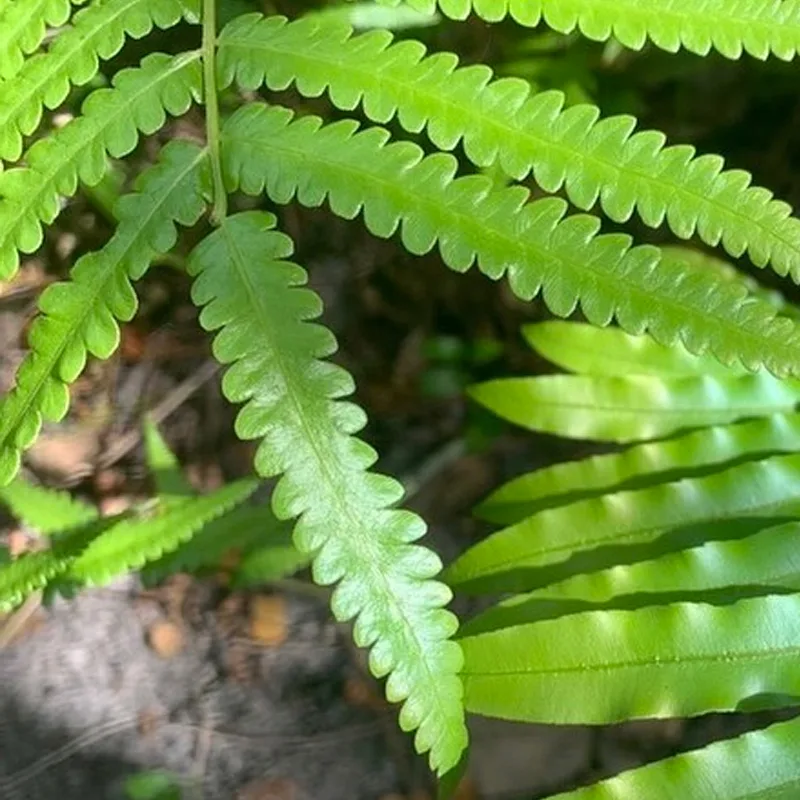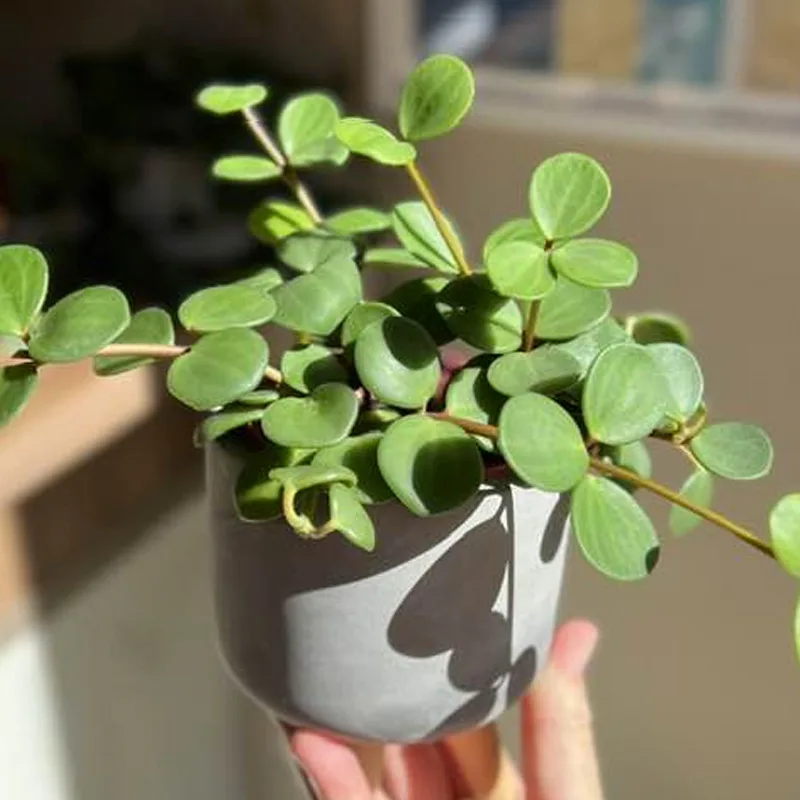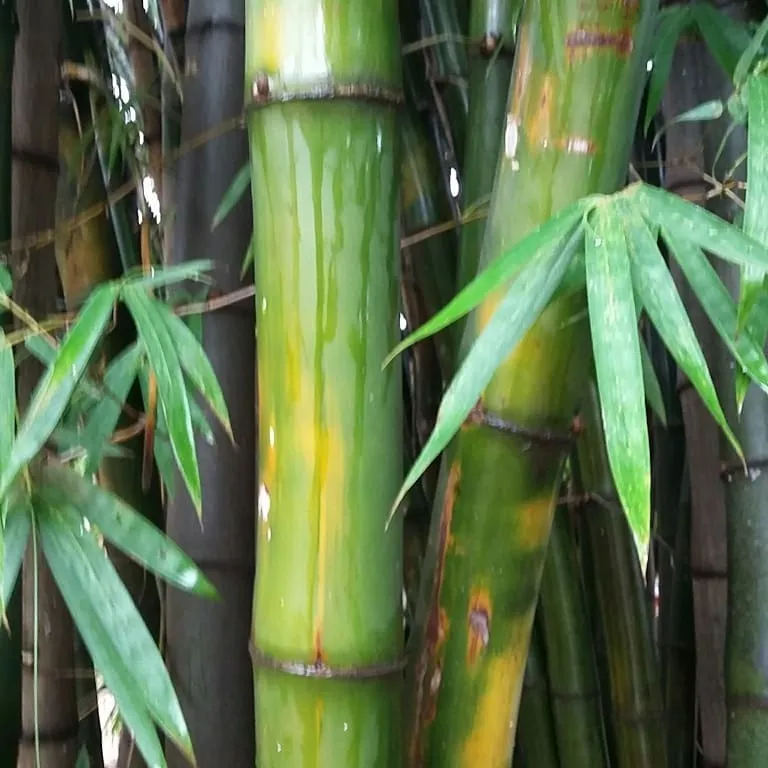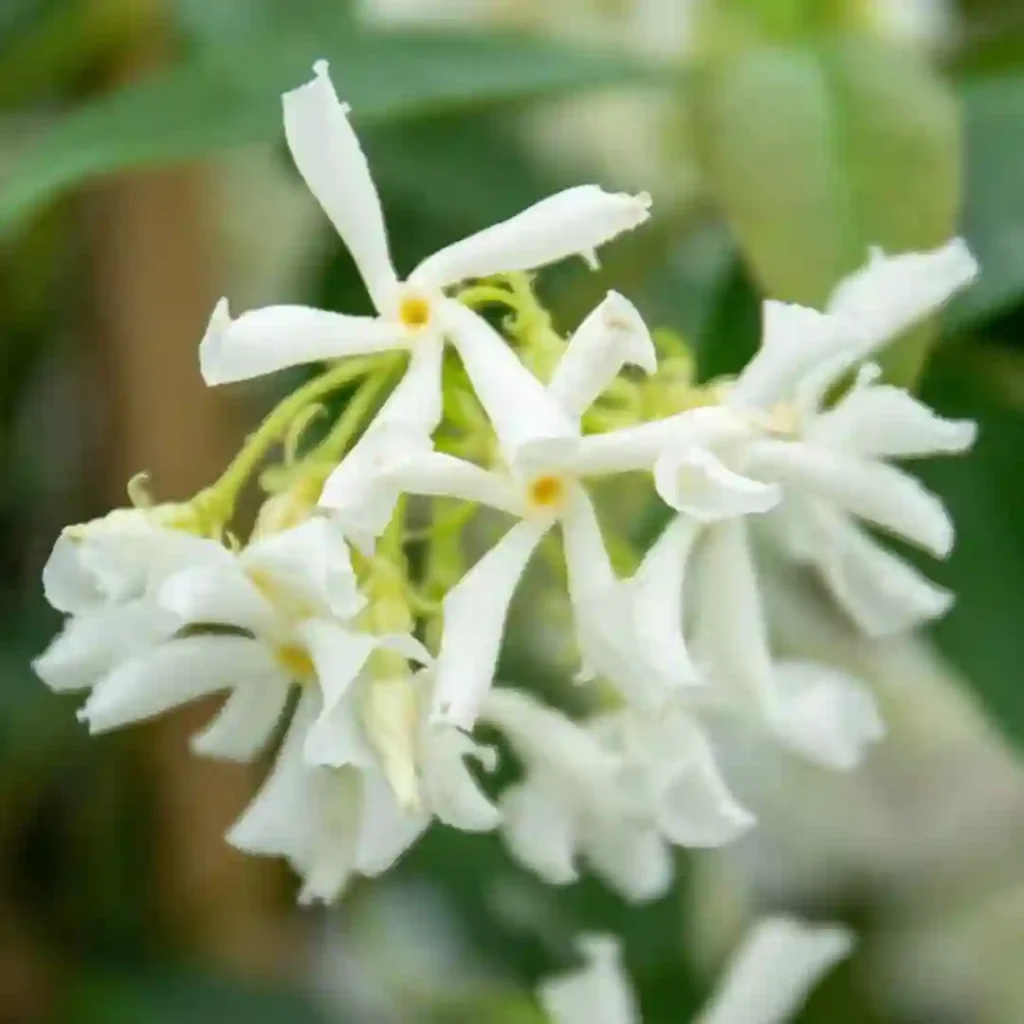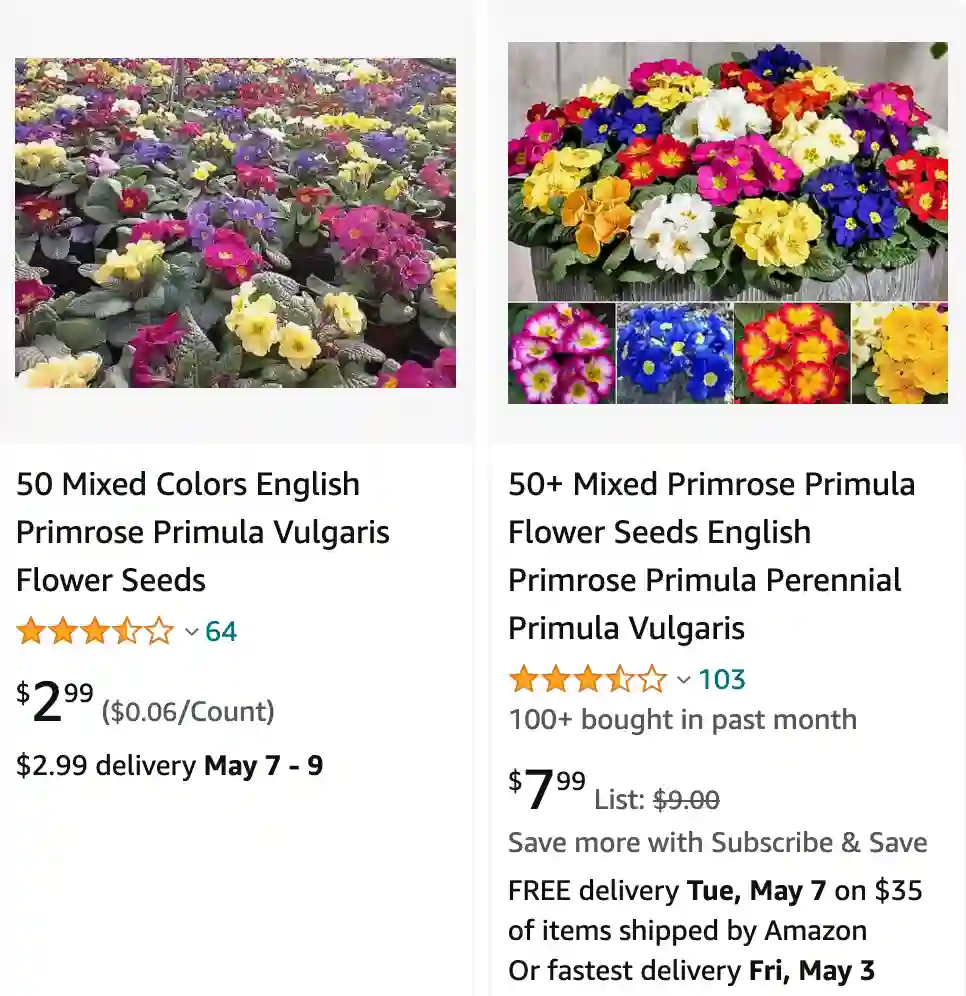
Primula Vulgaris: A Charming Spring Marvel
Primula vulgaris, commonly known as the common primrose, has always held a special place in my heart. Growing up, I often stumbled upon clusters of these cheerful yellow blooms carpeting woodland edges or peeking out from shaded corners of gardens. Now, as an avid gardener and plant enthusiast, I find myself drawn to this hardy perennial, appreciating not just its beauty but also its resilience and versatility.
586 Species in Genus Primula
A Glimpse Into Primula Vulgaris
Primula vulgaris is a member of the Primulaceae family, native to Europe, North Africa, and parts of Asia. It thrives in temperate climates and is often one of the first flowers to bloom as winter gives way to spring. This timing alone makes it special, offering a much-needed splash of color to an otherwise barren landscape. Its name, derived from the Latin “primus,” meaning “first,” underscores its role as a herald of the growing season.
The plant typically features rosettes of oblong leaves, slightly crinkled in texture, with flowers ranging from pale yellow to white. While the wild variety is charming in its simplicity, horticulturists have developed cultivars in an array of colors—pink, red, purple, and even bi-colored varieties—broadening its appeal for gardeners like me.
Why I Love Growing Primula Vulgaris
I first introduced Primula vulgaris to my garden a few years ago, and it quickly became a favorite. Its care requirements align perfectly with my preference for low-maintenance plants that still pack a visual punch. I’ve planted them in shaded corners where few other blooms would dare to flourish, and they’ve thrived with minimal intervention.
What I admire most about Primula vulgaris is its ability to naturalize. Once established, it spreads gently, forming clumps that look effortlessly charming. I particularly enjoy pairing it with other early bloomers like crocuses, snowdrops (Galanthus), and hellebores (Helleborus). Together, they create a tableau that’s both vibrant and serene—a perfect counterpoint to the starkness of winter.
Growing Conditions and Care
Primula vulgaris is surprisingly adaptable, though it has its preferences. Based on my experience, here are some key care tips:
- Light: While it tolerates full sun in cooler climates, I’ve found it performs best in dappled shade. Under the canopy of deciduous trees, it gets just the right mix of light and shelter.
- Soil: It thrives in well-drained, humus-rich soil. Amending your planting area with organic matter ensures the plant has the nutrients it needs to thrive.
- Water: While it appreciates consistent moisture, especially during its flowering phase, I’ve learned not to let the soil become waterlogged. Proper drainage is crucial to prevent root rot.
- Propagation: Dividing mature clumps every few years not only helps manage their spread but also reinvigorates the plants. This is a straightforward task that even beginners can manage with ease.
Ecological and Cultural Significance
Primula vulgaris isn’t just a feast for the eyes; it also supports local biodiversity. Bees, particularly early-emerging species, love its nectar. I’ve spent many spring mornings observing these industrious pollinators flit from bloom to bloom—a simple pleasure that deepens my connection to the natural world.
Culturally, the common primrose has inspired poets, writers, and folklore. In Victorian England, it was associated with young love and was often featured in romantic gestures. Knowing this adds a layer of meaning to my own gardening, reminding me that plants like Primula vulgaris are woven into the fabric of human history.
Challenges and Rewards
While Primula vulgaris is relatively trouble-free, it isn’t immune to challenges. Slugs and snails can be a nuisance, especially in wetter conditions. However, I’ve found that mulching with bark chips or using copper barriers can deter these pests effectively. On rare occasions, fungal diseases may appear, but proper spacing and good air circulation usually keep these issues at bay.
Despite these minor setbacks, the rewards far outweigh the effort. There’s something deeply satisfying about nurturing a plant that bridges the gap between wild and cultivated landscapes. Its delicate yet determined nature reminds me of the resilience found in life itself.
FA
Closing Thoughts
Primula vulgaris is more than just a pretty flower. For me, it embodies hope, renewal, and the quiet power of nature. Each spring, as its blossoms unfold, I’m reminded of the cyclical rhythms of life and the joy of tending to something simple yet profound. Whether you’re a seasoned gardener or just starting out, I highly recommend giving this plant a place in your garden. It’s a small investment that yields immeasurable returns.
Through Primula vulgaris, I’ve learned to appreciate not just the blooms themselves but the moments they create—moments of stillness, beauty, and connection to the earth. And in our fast-paced world, isn’t that what we all need?
If i die, water my plants!
